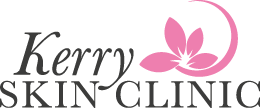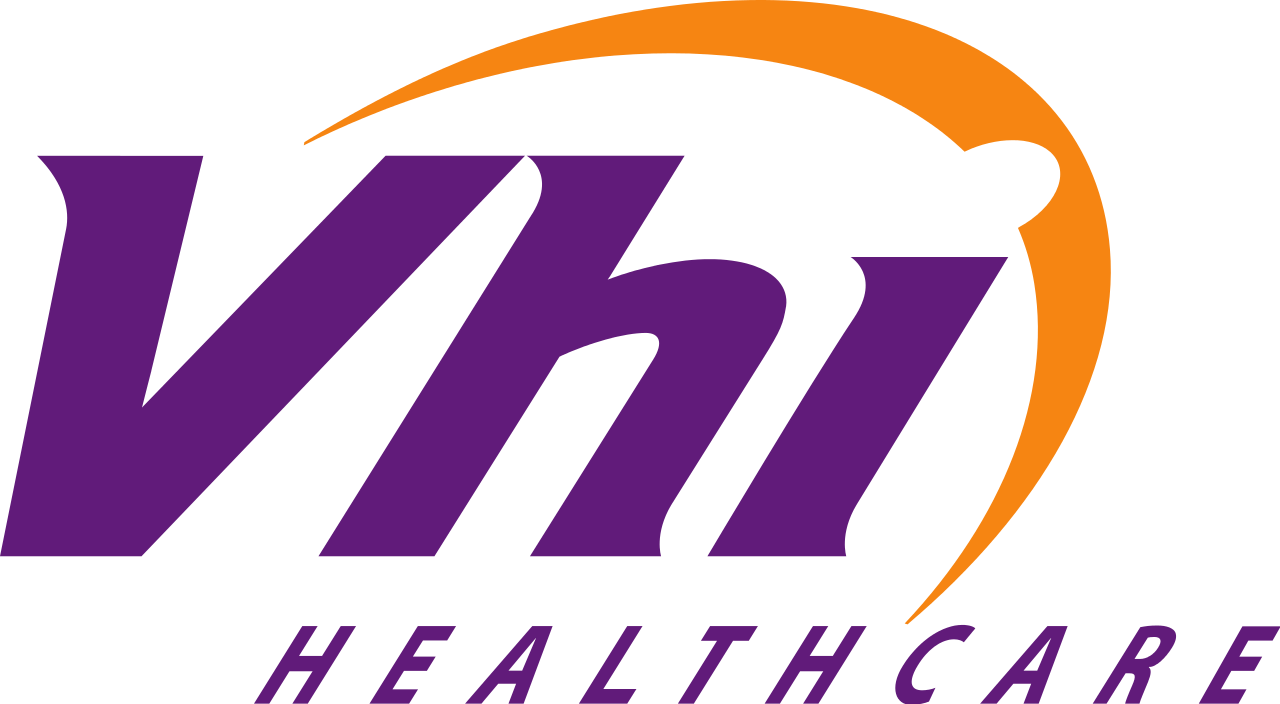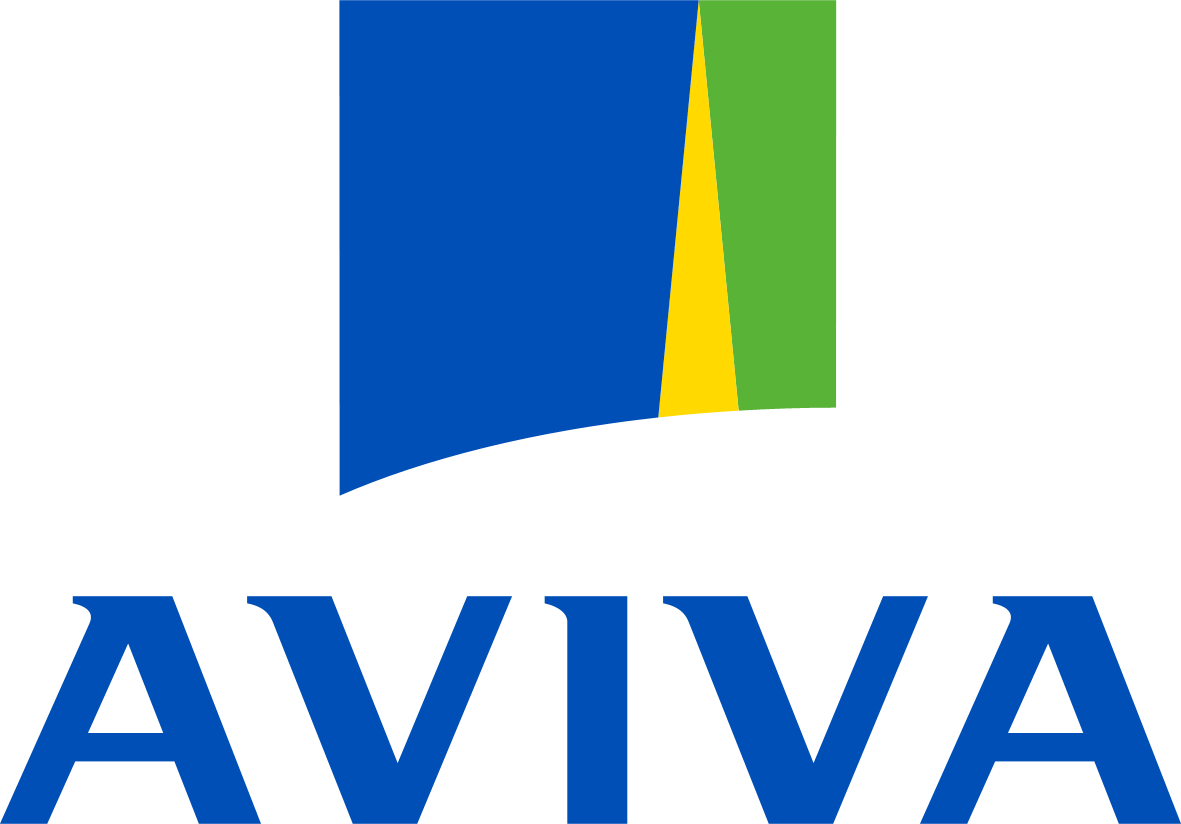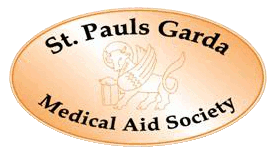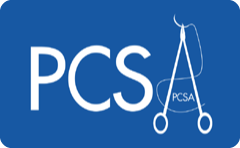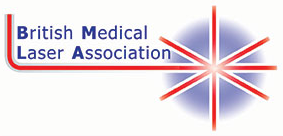 Download this information as a PDF
Download this information as a PDF
Cryosurgery has a number of unique advantages that make it ideally suitable as a surgical modality in primary care.
- Suitable for a wide range of indications in primary care.
- Short treatment times.
- Little or no scarring.
- Low set up and running costs.
- Techniques are relatively easy to learn.
- Low incidence of side effects.
- Low risk of cross infection.
- Immunstimulation (cryoimmunization)
- Equipment highly portable.
Success in cutaneous cryosurgery in dependant on four main factors;
- Cryogen
- Equipment
- Technique
- Patient selection.
The majority of group practices in Ireland now have liquid nitrogen filled, hand held cryoguns which is the most cost effective and versatile method of delivering cryosurgery in primary care. Not all patients and not all lesions are not suitable for cryosurgery. Many lesions are better dealt with using different surgical techniques such as eliptical excision, cautery, currettage or radiosurgery. Cryosurgery is sometimes used in conjuction with some of these other surgical modalities to give higher success rates and better cosmetic results.
Cryosurgery is a surgical treatment of choice for all types of viral warts which are causing to problems and fail to respond to topic treatments. Cryosurgery can also be useful for treating selected cases of non melanoma skin cancers but this should only be carried out the most experienced Cryo Surgeons and Soalas Dermatolgoy & Laser Clinic. Page 2 biopsies need to be taken to confirm the diagnosis histologically prior to or during a cryosurgery treatment.
Cryosurgery is also very useful for treating other commons skin complaints such as Actinic Keratosis, Seborrhoeic Keratosis, home made Tattoos, Mucocoels, Chondrodermatitis, spider naevi, Keloids and Xanthelasma.
The most important rule in cryosurgery in that one should never treat any lesion unless your completely satisfied about the diagnosis on clinical grounds. If there is any doubts about the diagnosis you should not freeze the lesion. A biopsy should be taken or the patient should be referred to a colleague for a second opinion.
Children under 6 are not usually good candidates for cryosurgery with one exception and that is treatment of Molloscum Contagiosum which requires only a 3 second spot freeze which is relatively painless. Children between the ages of 6 – 12 can sometimes tolerate the discomfort of cryosurgery particularly with the judicial use of topical, local or regional anaesthesia.
Serious side effects with cryosurgery are rare. However swelling, serious or haemorrhaging blistering, hyper or hypo‐pigmentation and pain can occur post prior surgery and patient should be warned about the possibilities of these side effects and how to manage them. There has been occasional reports about tendon and nerve damage with cryosurgery but with proper techniques, this should never happen.
Techniques in cutaneous cryosurgery are best learnt by seeing patients being treated by an experienced Cryosurgeon. Training manuals, videos and CD’s are also available. All Doctors should have adequate training prior to carrying out cryosurgery in their own surgery to ensure high success rate and a low incidence of side effects. Perfect techniques on carefully selected patients with good follow up and record keeping should ensure doctors do not freeze now and fry later in the hands of the Lawyers!

